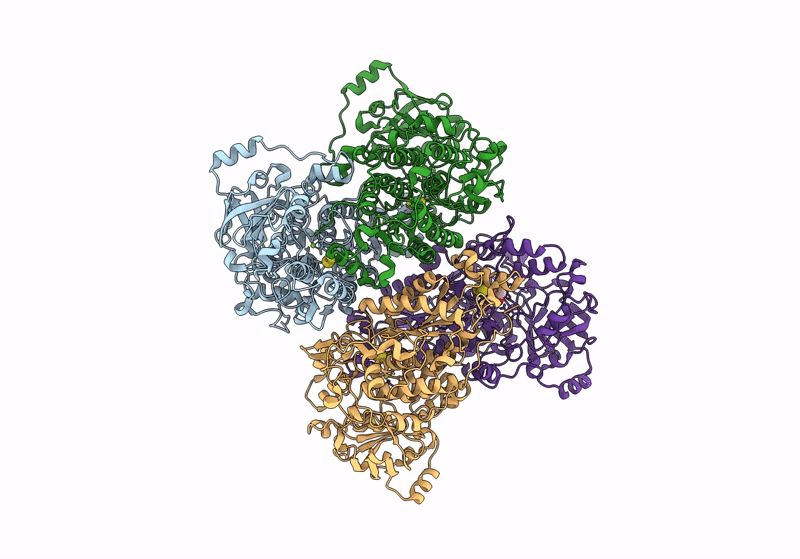
Deposition Date
2024-04-02
Release Date
2024-09-25
Last Version Date
2024-09-25
Entry Detail
PDB ID:
9EVV
Keywords:
Title:
His579Leu variant of L-arabinonate dehydratase co-crystallized with 2-oxobutyrate
Biological Source:
Source Organism:
Rhizobium leguminosarum bv. trifolii (Taxon ID: 386)
Host Organism:
Method Details:
Experimental Method:
Resolution:
2.44 Å
R-Value Free:
0.23
R-Value Work:
0.18
R-Value Observed:
0.18
Space Group:
P 21 21 21


